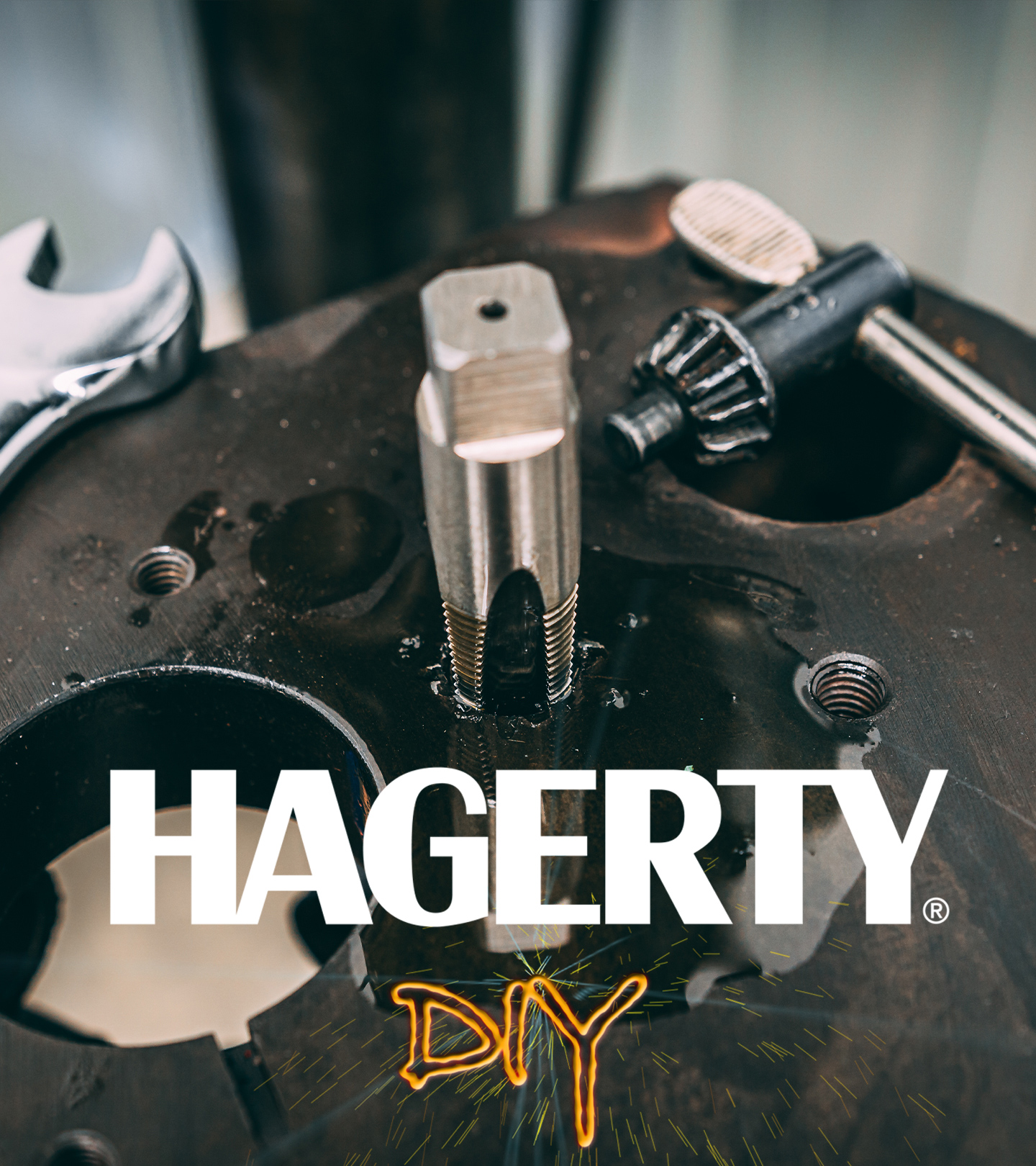Enjoy Season 4 stories, opinion, and features from across the car world - Hagerty Media
Davin is still working from home, but that doesn’t prevent him from making progress on the 1951 Buick straight-eight. This latest Redline Update comes from Davin alone, with his only help standing behind the camera (his son Anders must have found something else to do). The straight-eight is still back at the shop, but the fuel pump and oil pump both need rebuilding and are perfect take-home projects.
You may think of assembly as simply putting things back together. At first glance, there isn’t much artistry involved; however, ask anyone who has tackled intricate projects like a fuel pump that doubles as a vacuum pump. They’ll tell you that assembly requires much more finesse than putting a gasket between two pieces and tightening the screws.
Davin uses a Motor manual as a reference. Though it provides him with an exploded diagram, the manual isn’t written for the straight-eight’s donor car (a 1951 Buick Special) or even for this particular engine.
“On things like this odd double pump situation, sometimes you have to think outside the box,” Davin suggests to those searching for the proper reference material. “Glenn over on the Carcierge team helped me find another application where the same pump was used, and we had a Motor manual for that [application]. A lot of parts are shared between various models, so before you declare yourself stumped, look for other vehicles that would be similarly equipped.”
Poring over a diagram and knowing how all the parts fit into the final design is only part of the process, though. Davin needs to study the parts in front of him and analyze their details as he puts them together. “The diaphragms in these pumps are fairly delicate,” he observes, “and the spring was quite heavy for the vacuum side. It took a bit of careful trial and error to get the two pieces together, but now they are together and look pretty good. I’m excited to get them installed on the engine. ”
Another task that will take a bit of trial and error is the engine on Davin’s run stand. Anders helped install some of the first parts into the block of the next engine destined for Davin’s nostalgia dragster, and now the engine is complete and ready to run. Unfortunately, it doesn’t crank to life when Davin tries to start it at the end of this video. Rest assured that he’ll get it running, though. If you want to witness it roaring to life, be sure to subscribe to the Hagerty YouTube channel to receive an update with each video that goes live.










